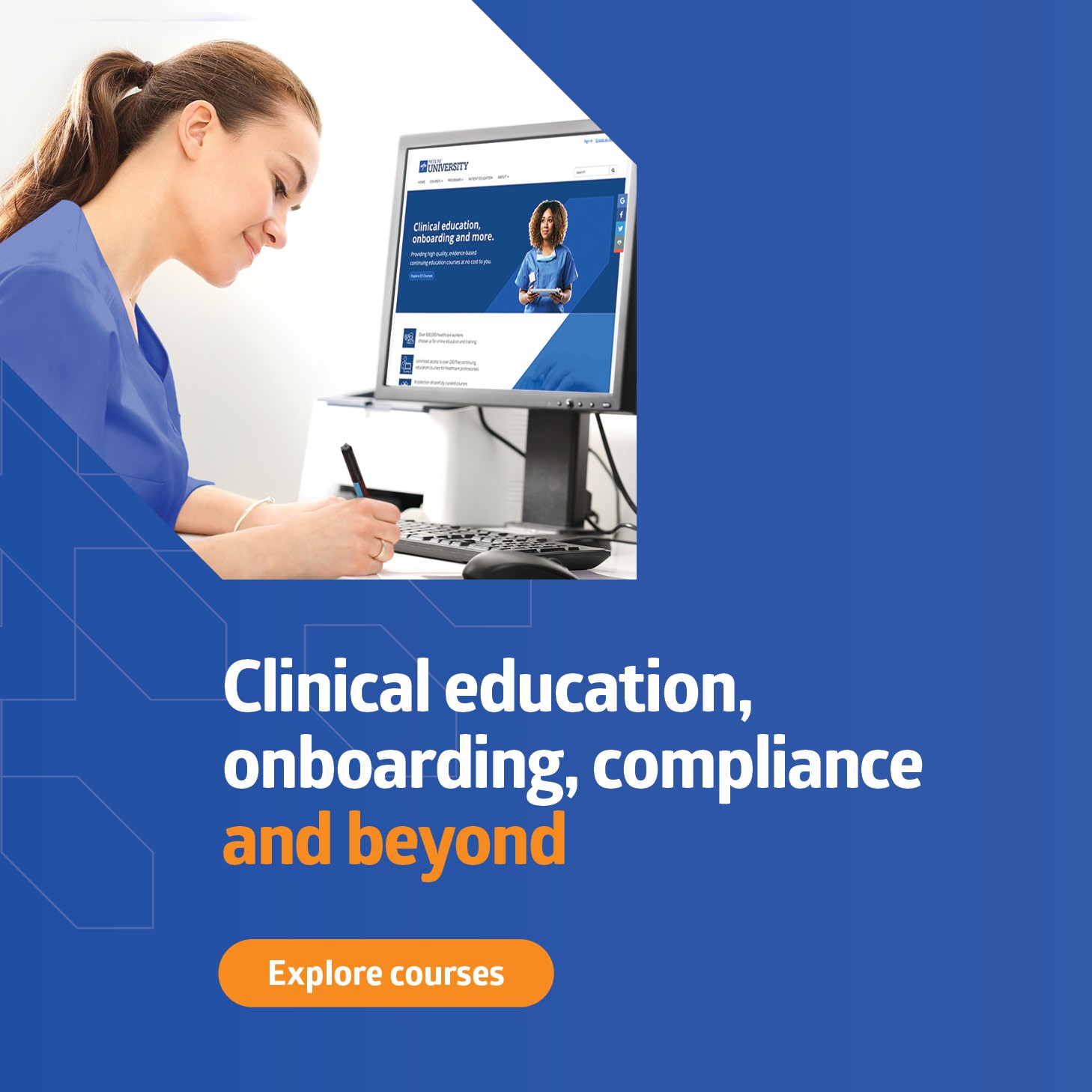4 Steps to Move Culture of Safety into Daily Actions

By Martie Moore, RN, MAOM, CPHQ | December 11, 2018
Think for a moment about the following: culture is what you say and do on a daily basis. Does that not mean that culture is us?
LeapFrog Hospital Safety Grade recently released their yearly scorecard on hospital safety. While the results are a great reminder for all systems, your environment should include a culture of safety, not just a program, that everyone lives and breathes every day.
It is easy to speak of culture as some nebulous orb that floats among us. Author, and the man referred to as the inventor of management, Peter Drucker, is attributed with the famous business quote of, “Culture eats strategy for breakfast.” Others joined in, and have stated also for lunch, dinner and snacks in between.
Culture seems to be the root of all problems.
Yet, culture is defined as a set of shared mental assumptions that guide interpretation and behavior. Culture really is what we say and do on a daily basis. Culture is us.
How do we move our culture into actions?
When I was still in the hospital, we worked on creating a culture of safety by engaging through our shared governance structure and gaining insights from all team members. It was the environmental team members who spoke up and shared. At the time, we had not invested into creating safety by standardizing our equipment. EVS team members watched nurses struggle with the set-up of different beds, IV pumps and other pieces of patient care equipment. Unfortunately, the nursing team accepted the struggle and saw it as part of the daily routine.
It was the EVS team members who watched their plight, identified the challenges they faced and took ownership to bring the issue forward to advance safety. We set in motion a plan to standardize our equipment.
Here’s what your system or facility can do. Define what our actions and behaviors will be to ensure safety, not what they should be.
- Every day, we have to define and clarify that safety for all is a universal priority by everyone who works within our organization.
- We acknowledge when we do not meet standards of care and safety, and we work to improve when we stumble.
- We learn from each other through respecting and listening to all voices within our team.
- We acknowledge our humanity and seek accountability for failures of systems and processes when errors occur.
We never let culture eat safety for breakfast, lunch, dinner or snacks.
Think for a moment about the following: culture is what you say and do on a daily basis. Does that not mean that culture is us?
LeapFrog Hospital Safety Grade recently released their yearly scorecard on hospital safety. While the results are a great reminder for all systems, your environment should include a culture of safety, not just a program, that everyone lives and breathes every day.
It is easy to speak of culture as some nebulous orb that floats among us. Author, and the man referred to as the inventor of management, Peter Drucker, is attributed with the famous business quote of, “Culture eats strategy for breakfast.” Others joined in, and have stated also for lunch, dinner and snacks in between.
Culture seems to be the root of all problems.
Yet, culture is defined as a set of shared mental assumptions that guide interpretation and behavior. Culture really is what we say and do on a daily basis. Culture is us.
How do we move our culture into actions?
When I was still in the hospital, we worked on creating a culture of safety by engaging through our shared governance structure and gaining insights from all team members. It was the environmental team members who spoke up and shared. At the time, we had not invested into creating safety by standardizing our equipment. EVS team members watched nurses struggle with the set-up of different beds, IV pumps and other pieces of patient care equipment. Unfortunately, the nursing team accepted the struggle and saw it as part of the daily routine.
It was the EVS team members who watched their plight, identified the challenges they faced and took ownership to bring the issue forward to advance safety. We set in motion a plan to standardize our equipment.
Here’s what your system or facility can do. Define what our actions and behaviors will be to ensure safety, not what they should be.
- Every day, we have to define and clarify that safety for all is a universal priority by everyone who works within our organization.
- We acknowledge when we do not meet standards of care and safety, and we work to improve when we stumble.
- We learn from each other through respecting and listening to all voices within our team.
- We acknowledge our humanity and seek accountability for failures of systems and processes when errors occur.
We never let culture eat safety for breakfast, lunch, dinner or snacks.
Your hospital can work on staff management with on-site consultants who can pinpoint the programs and resources you need to attract, inform and retain clinicians.
Martie Moore, RN, MAOM, CPHQ
Chief Nursing Officer
Martie L. Moore, RN, MAOM, CPHQ, is the chief nursing officer at Medline. As CNO, Moore develops forward-thinking, solution-driven clinical programs, as well as new products and educational services. Prior to joining Medline, Martie was the chief nursing officer at Providence St. Vincent Medical Center in Portland, Ore. Under her leadership, Providence St. Vincent earned a third and fourth designation for Magnet.

